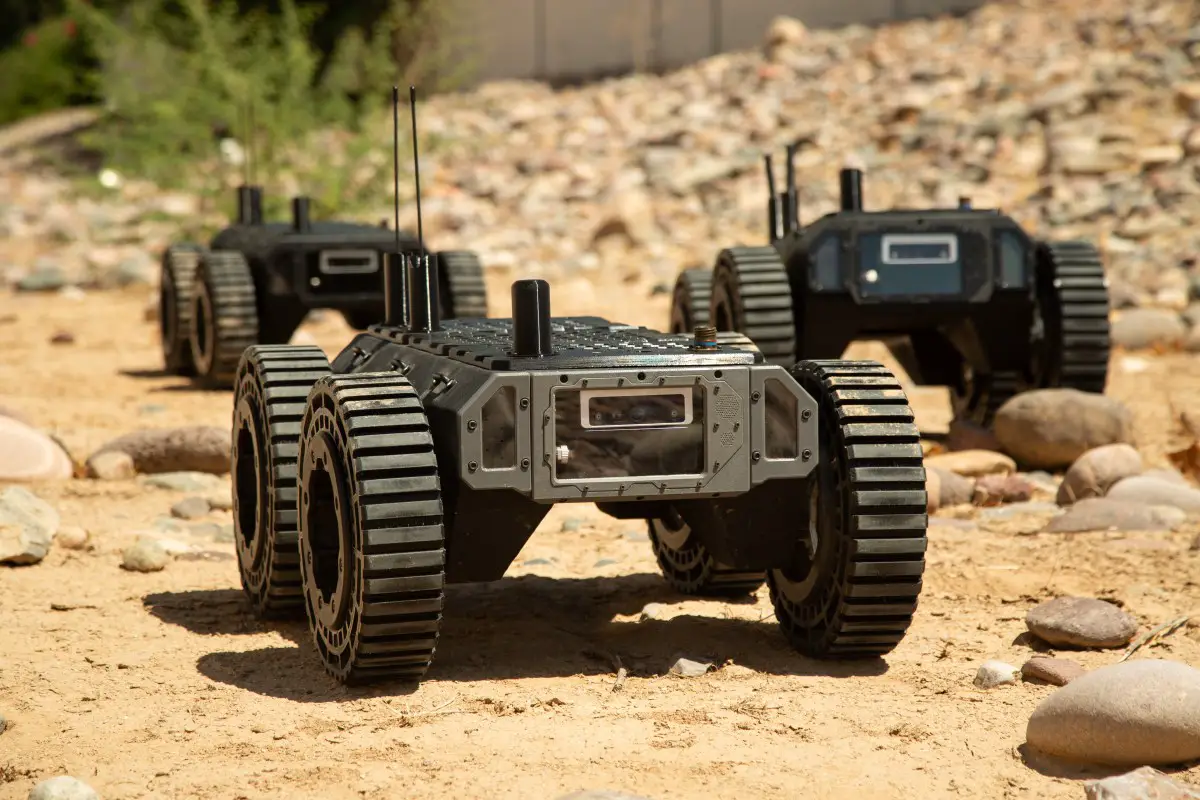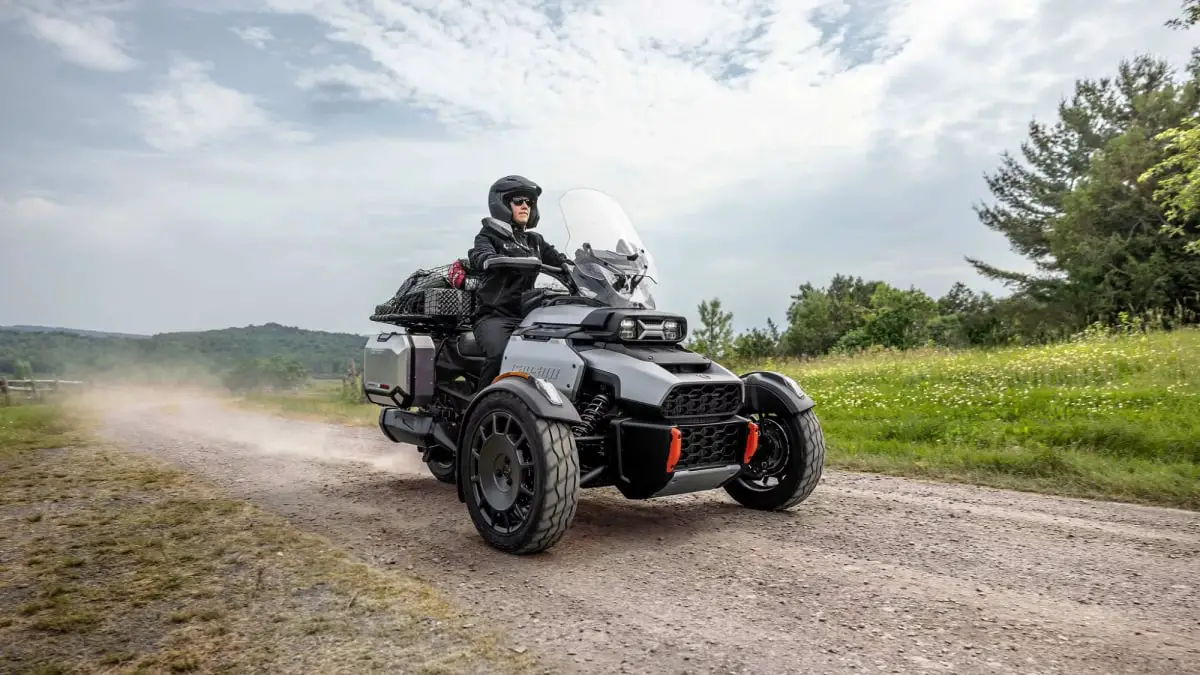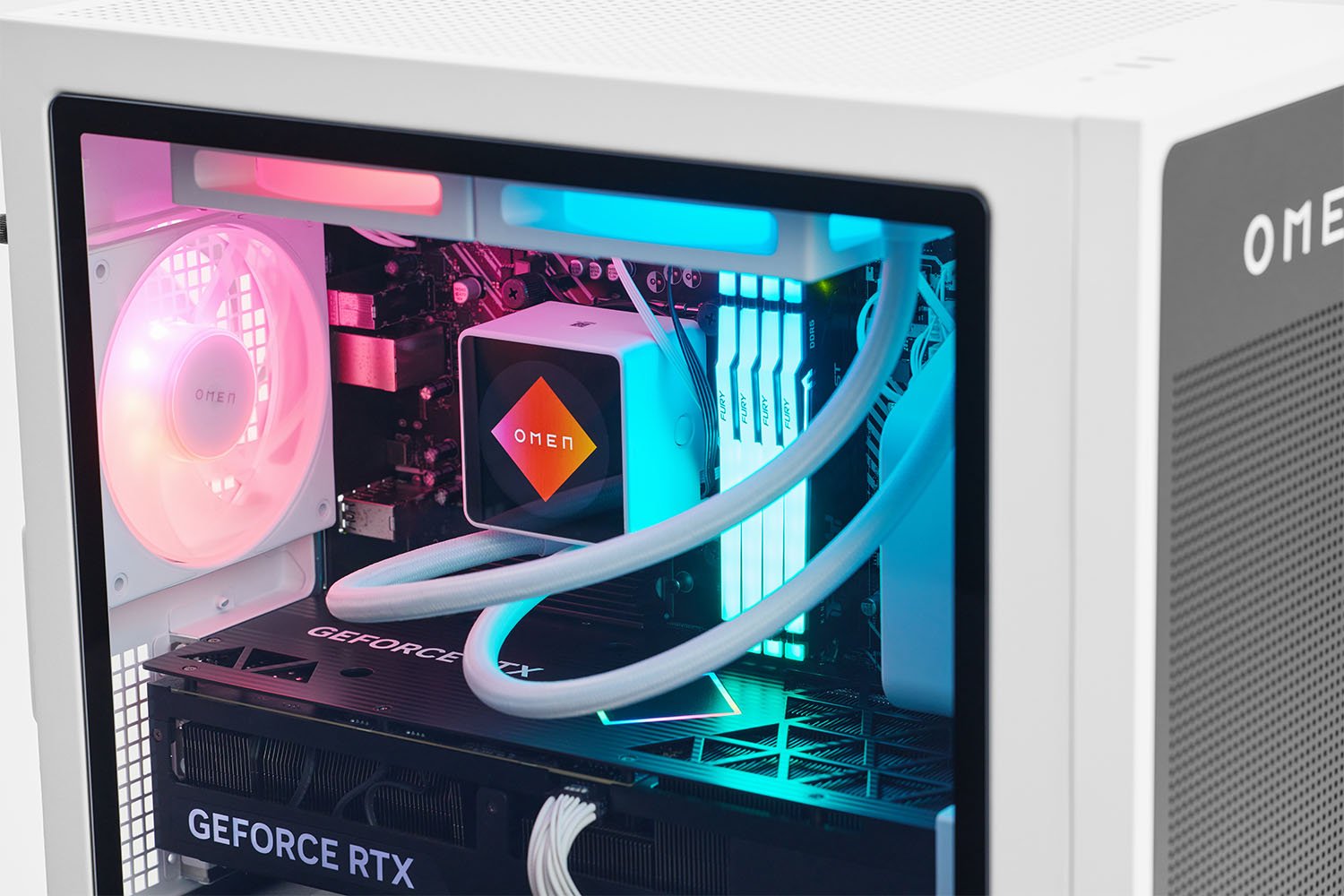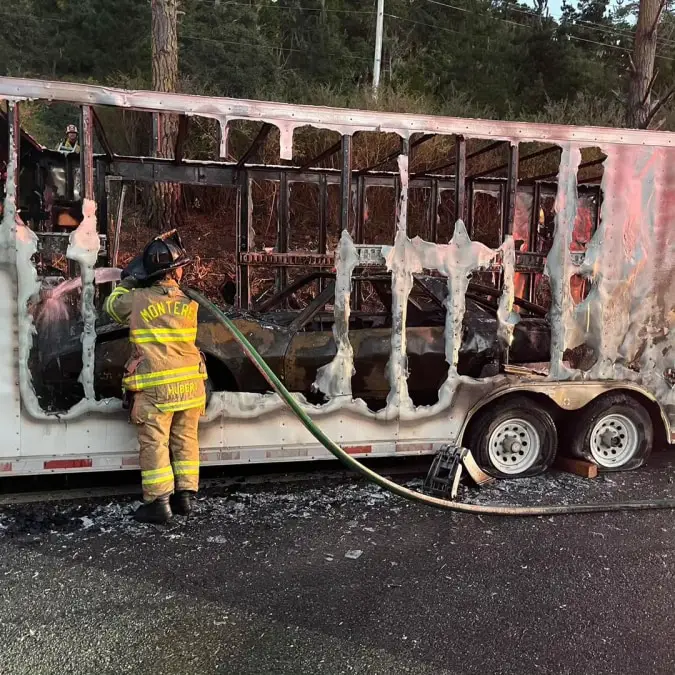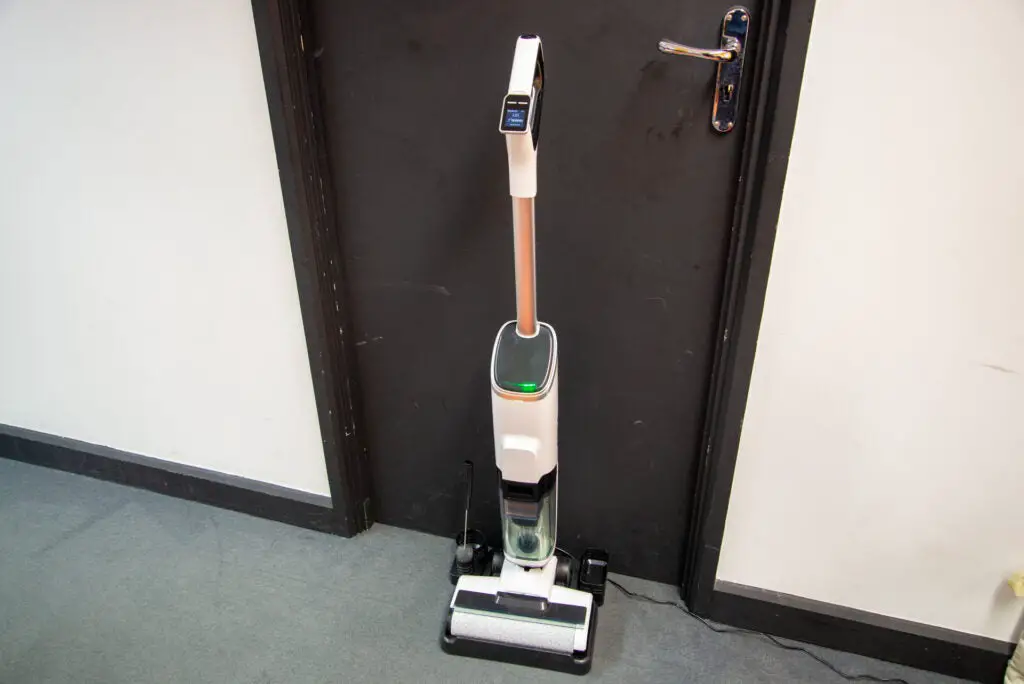Few truly autonomous systems are deployed on the battlefield, but one startup is looking to change that with robotic systems that use cooperative behavior to boost troops’ intelligence and tactical advantage. Those systems are called “swarms,” and they’re basically collections of autonomous robots that can coordinate their actions.
Swarm robotics have been the stuff of science fiction, but Swarmbotics AI is emerging from stealth today to bring this vision to reality. The startup is developing an ecosystem of products called ANTS (Attritable, Networked, Tactical Swarm) that could transform battlefield logistics.
Swarmbotics was founded last summer by Stephen Houghton and Drew Watson, who met while working at autonomous trucking company Embark Trucks, where Houghton was COO and Watson led product operations.
Their experience with robotic systems stretches back much further: Houghton, an officer in the Marine Corps, was an early employee of Cruise, the autonomous vehicle company now owned by General Motors. He stayed with the company as it grew from around 40 employees to around 3,000 as of last December, and eventually became the VP of Global Markets. From there, he went on to lead Amazon Web Services’ autonomous vehicles and robotics business. Watson, meanwhile, had a long stretch at the CIA before joining NASA’s Jet Propulsion Laboratory and eventually leading software development of the space agency’s Valkyrie Humanoid Robot program.
Embark was acquired by Applied Intuition last summer and the pair decided to make their next move.
“We just got obsessed with robot swarms,” Houghton said. There are a few reasons for that, he explained: In the private sector, most of the capital and time has gone into developing very expensive autonomous systems, like robotaxis, that have to be near-perfect by the time they’re deployed and used alongside humans. But the pair started thinking about use cases where cheaper, less exquisite robots could be aggregated and deployed more quickly.
Swarm robotics is still a relatively new field of research. Much of that research concerns UAV swarm behavior, and it has taken place in the halls of academia, not on the battlefield. In places like Ukraine, where drones have been used prolifically in the war against Russia, most of those systems are remotely operated by humans and don’t exhibit autonomously cooperative behavior.
Both air and ground swarms could be game-changing, Houghton acknowledges. But they present very different challenges and advantages: the air is easier to navigate, but robots on the ground can generally stay on the field longer and can carry more weight. Swarmbotics is focusing on the latter domain, starting with two platforms: a larger, hybrid-electric, autonomous ATV called Haul ANT, and a smaller, 60-pound Fire ANT. Both are essentially rolling batteries: Swarmbotics provides the platform that customers can use for different payloads, whether that’s for intelligence, surveillance, electronic warfare, kinetics or medivac. The aim is to be maximally flexible and interoperable for the DOD, Houghton said.
“Part of what is great about these lower-cost robots is you can proliferate them out to start to get into those hundreds or even thousands pretty quickly,” he said. “There’s just this variety of ‘plays’ they call them, for swarm behaviors that you can start to use.”
Shifting from expensive systems to lower-cost platforms has been a sweeping effort across multiple DOD programs. The DOD has set up massive initiatives, like Replicator, to try to get low-cost systems at volume from private industry. It’s a huge shift in thinking, Houghton said.
“At some other places that I’ve been, you have to look for the most performant sensor. The stuff that’s groundbreaking, that’s just hitting, that’s really expensive but has the highest capability,” he said. “We’re doing kind of the opposite. We’re saying, okay, if we want to keep this as an attritable platform, what is the best price for performance on the sensors? We’re not looking for that best-in-class that’s 10x the price, because it doesn’t pencil out and make sense on an attritable platform. That does allow us to get to those larger volumes more quickly.”
Swarmbotics has raised a little over $4 million from Quiet Capital, Silent Ventures, LMNT Ventures and Soma Capital, almost all of which has gone into engineering. The company is currently focused on continuing to put increasingly sophisticated tech in front of the eyes of DOD acquisition officers, though it eventually plans on selling robots to commercial firms as well.
The 11-person company has developed the first few platforms in the ANTS ecosystem, and now it’s focused on adding agents, building out the swarm technology and continuing to improve the autonomy of the individual robots as well. The aim is for the swarms to have a whole set of “plays” the user can decide to run, depending on what they want the robots to do.
“As we continue to add multi-agents into the swarm, we start to scratch the surface of what this is capable of.”

